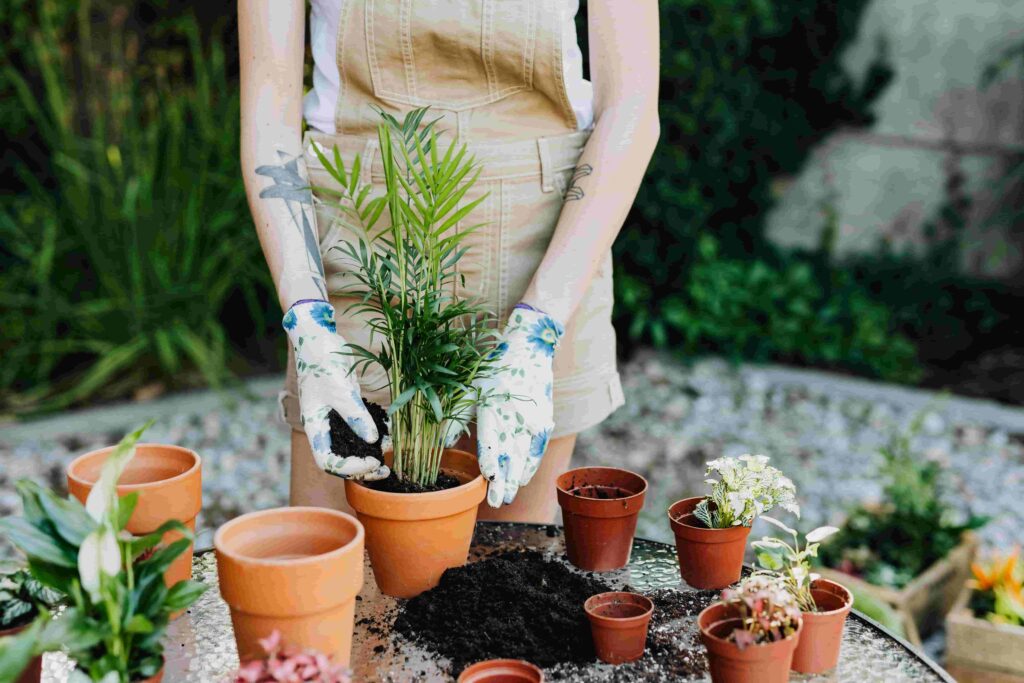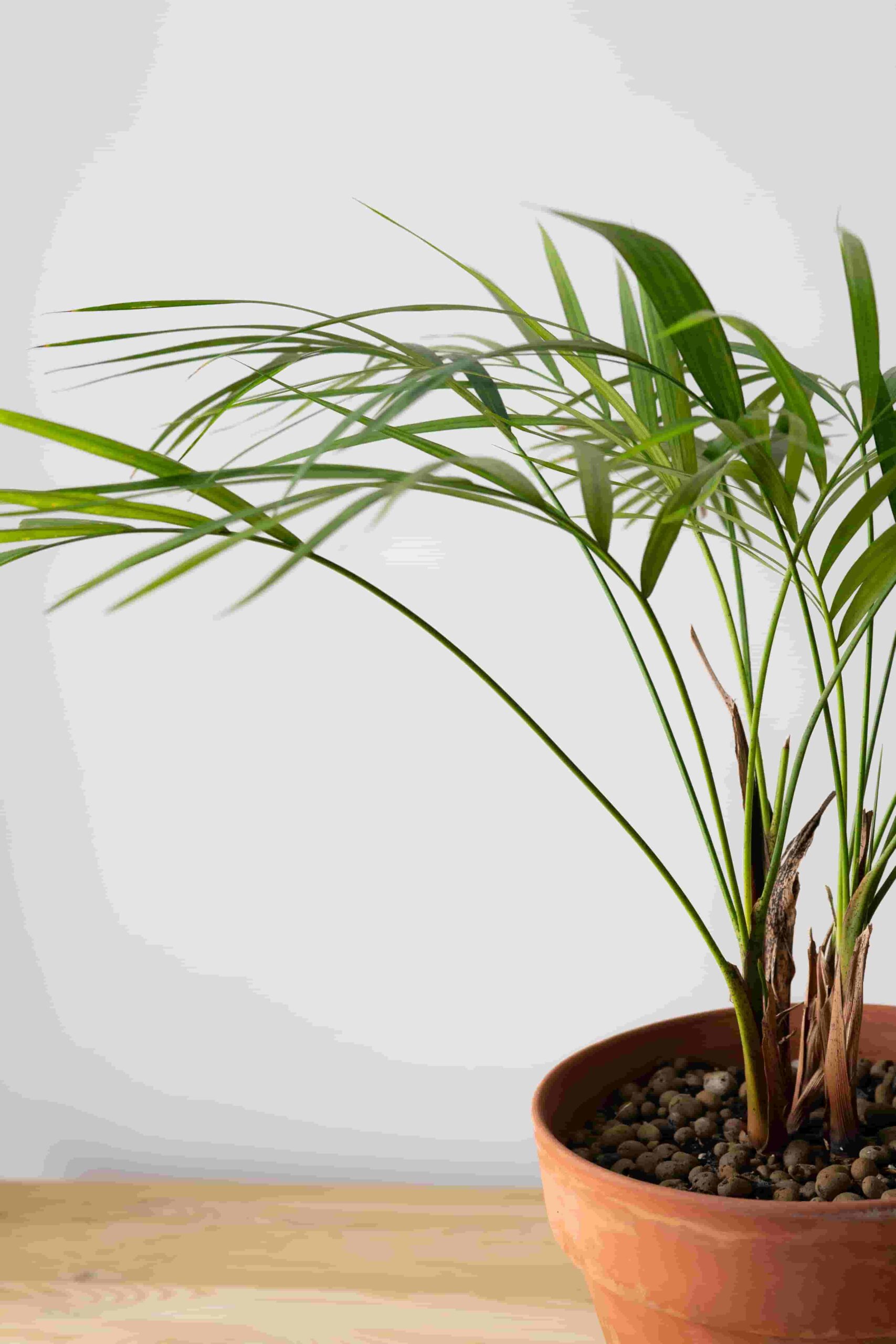Areca palm, scientifically known as Dypsis lutescens or Chrysalidocarpus lutescens, is a popular choice among plant enthusiasts due to its stunning appearance and ease of care. Also referred to as the butterfly palm or golden cane palm, it is native to Madagascar and belongs to the Arecaceae family. With its graceful arching fronds and tropical vibe, this plant has become a favorite for both homes and offices. In this article, we will explore the various aspects of the Areca palm, including its care requirements, benefits, and how to incorporate it into your interior decor.
Table of Contents
- 1. Introduction
- 2. Overview of the Areca Palm
- 3. Appearance and Growth
- 4. Benefits of Having an Areca Palm
- 5. Lighting and Placement
- 6. Watering and Humidity
- 7. Temperature and Climate
- 8. Soil and Fertilizer
- 9. Pruning and Maintenance of Areca Palm
- 10. Propagation of Areca Palms
- 11. Common Pests and Diseases in Areca Palm
- 12. Areca Palm as an Air Purifier
- 13. Styling and Decorating
- 14. Conclusion
- 15. Frequently Asked Questions (FAQs)
1. Introduction
The Areca palm is a versatile and visually appealing houseplant that adds a touch of elegance to any space. Its lush green fronds and slender, cane-like stems create a tropical ambiance, reminiscent of a vacation paradise. Whether you’re a seasoned plant enthusiast or a beginner, the Areca palm is an excellent choice due to its adaptability and forgiving nature.

2. Overview of the Areca Palm
The Areca palm features feathery, pinnate leaves that grow in clusters atop multiple slender stems. When cultivated indoors, it can attain a height of 6 to 8 feet, and when planted in the ground outdoors, it has the potential to grow even taller. This palm variety is known for its dense foliage, making it a popular choice for privacy screens or natural room dividers.
3. Appearance and Growth

The foliage of the Areca palm consists of numerous arching fronds with leaflets arranged in a feather-like pattern. The leaves are bright green, providing a refreshing and vibrant touch to any environment. As the plant matures, its lower leaves may turn yellow and drop, which is a natural occurrence.
Areca palms have a moderate growth rate, and with the right conditions, they can add a tropical vibe to your space within a short period. However, it’s important to note that the growth rate may vary depending on factors such as light, temperature, and care practices.
4. Benefits of Having an Areca Palm
Having an Areca palm in your indoor space offers several benefits beyond its visual appeal. Here are some notable advantages:
a. Air Purification
One of the significant benefits of the Areca palm is its air-purifying properties. By effectively eliminating noxious pollutants like formaldehyde, xylene, and toluene from the air, it proves to be an exceptional option for enhancing the quality of indoor air.
b. Humidifier
Through the process of transpiration, the Areca palm emits moisture into the air, resulting in a rise in humidity levels within its vicinity. This can be especially advantageous in times of drought or in regions with limited moisture in the air. This can be especially advantageous in arid seasons or regions with limited humidity.
c. Stress Reduction
Being surrounded by lush greenery has been scientifically proven to alleviate stress and foster a profound sense of well-being. The Areca palm’s lush foliage can create a calming and relaxing atmosphere, making it ideal for offices or areas where you want to unwind.
5. Lighting and Placement

Areca palms thrive in bright, indirect light. They prefer being near a north or east-facing window, where they can receive filtered sunlight. While they can tolerate some degree of direct sunlight, prolonged exposure to harsh rays may scorch their leaves.
When considering the placement, it’s crucial to find a location with consistent lighting conditions. Avoid placing it near drafts, air conditioning vents, or heating sources, as these can cause stress and lead to potential damage.
6. Watering and Humidity
Proper watering is essential for the health of your Areca palm. Strive to maintain consistent moisture in the soil, ensuring it remains evenly moist without becoming excessively saturated. Overwatering can result in root rot, while insufficient watering may cause the fronds to brown and become dry.
To maintain adequate humidity levels, consider misting the leaves regularly or placing the plant on a tray filled with pebbles and water. This helps to create a microclimate around the plant and prevents excessive dryness.
7. Temperature and Climate
Areca palms prefer warm temperatures ranging between 65°F and 75°F (18°C to 24°C). They can tolerate slightly lower temperatures but should be kept away from cold drafts or sudden temperature fluctuations.
In terms of climate, they thrive in tropical or subtropical regions. They can be grown outdoors in USDA hardiness zones 10 and 11, but they also adapt well to indoor environments.
8. Soil and Fertilizer

Well-draining soil is crucial for the Areca palm. An optimal growing medium can be achieved by combining peat moss, perlite, and sand. The soil should retain enough moisture to keep the plant hydrated but should also allow excess water to drain freely.
Fertilize your Areca palm every two to three months during the growing season using a balanced, water-soluble fertilizer. Avoid overfertilizing, as this can lead to salt buildup in the soil and damage the plant.
9. Pruning and Maintenance of Areca Palm
Regular pruning helps maintain the appearance and health of your Areca palm. Remove any yellowing or browning fronds, as well as any dead or damaged stems. Trimming back overgrown foliage can also encourage new growth and maintain a desirable shape.
Additionally, dust the leaves regularly to prevent dust accumulation, which can hinder the plant’s ability to photosynthesize effectively.
10. Propagation of Areca Palms

You can propagate Areca palms through division, separating offsets or suckers from the main plant, or by planting their seeds. Division involves separating the offsets or suckers from the main plant and planting them in separate containers. It’s best to perform division during the spring or early summer when the plant is actively growing.
Growing Areca palms from seeds can be a rewarding but time-consuming process. The seeds need to be fresh and soaked in warm water for several days before planting. It’s important to note that propagating from seeds requires patience, as it can take several weeks or even months for the seeds to germinate.
11. Common Pests and Diseases in Areca Palm
Areca palms are generally resilient and less prone to pests and diseases compared to other houseplants. However, they can still fall victim to a few common issues, including spider mites, mealybugs, and scale insects. Regularly inspect your plant for signs of infestation and take prompt action to address the problem.
Preventive measures such as maintaining proper hygiene, ensuring good air circulation, and avoiding overwatering can significantly reduce the risk of pests and diseases.
12. Areca Palm as an Air Purifier
As mentioned earlier, the Areca palm is an effective air purifier, making it a valuable addition to any indoor space. Its ability to remove harmful chemicals and toxins from the air can contribute to a healthier and more enjoyable living environment. Consider placing an Areca palm in rooms where you spend a significant amount of time, such as the living room or bedroom, to experience the maximum air-purifying benefits.
13. Styling and Decorating

Areca palms are not only admired for their air-purifying qualities but also for their aesthetic appeal. Here are a few ideas on how to style and incorporate them into your interior decor:
- Create a tropical corner: Place the Areca palm in a decorative pot and pair it with other lush green plants, such as ferns or peace lilies, to create a tropical oasis in your home.
- Use as a focal point: Position a large Areca palm as a centerpiece in a spacious room or near an empty corner to add height and visual interest.
- Pair with natural elements: Combine the Areca palm with natural materials like rattan furniture, bamboo blinds, or jute rugs to enhance the tropical theme.
- Indoor garden divider: Utilize the dense foliage of the Areca palm as a natural divider to separate different areas of a room, creating privacy and a sense of enclosure.
14. Conclusion
The Areca palm is a captivating houseplant that brings a touch of the tropics into your living space. With its graceful fronds, air-purifying qualities, and low-maintenance nature, it’s no wonder this palm variety has become a favorite among plant enthusiasts. By following the proper care guidelines and incorporating the Areca palm into your interior decor, you can enjoy the beauty and benefits it offers for years to come.
Now is the perfect time to enhance your space with the Areca palm. So why wait? Add this stunning plant to your collection and experience the joy of tropical serenity in the comfort of your own home.
This article on Areca palm covers various aspects of this beautiful and low-maintenance houseplant. From its appearance and growth to care requirements, benefits, and styling tips, you have all the information you need to incorporate the Areca palm into your indoor space. Remember to provide the proper lighting, watering, and maintenance to ensure the health and longevity of your Areca palm. Enjoy the tropical vibes and air-purifying benefits that this remarkable plant brings to your home!
15. Frequently Asked Questions (FAQs)
Can I grow an Areca palm outdoors?
Yes, Areca palms can be grown outdoors in tropical or subtropical regions within USDA hardiness zones 10 and 11.
How tall can an Areca palm grow?
Areca palms can reach a height of 6 to 8 feet when grown indoors. When planted in the ground outdoors, they can grow even taller.
What is the recommended frequency for watering an Areca palm?
Aim to keep the soil evenly moist, watering when the top inch of soil feels dry. It is important to refrain from excessive watering or letting the plant remain in stagnant water.
Does the Areca palm require high humidity?
While the Areca palm appreciates moderate to high humidity levels, it can still thrive in average indoor humidity. Misting the leaves or placing the plant on a pebble tray can help increase humidity levels around the plant.
Can I propagate an Areca palm from cuttings?
No, Areca palms are typically propagated through division or by planting their seeds.


1 thought on “Areca Palm: A Beautiful and Low-Maintenance Houseplant”